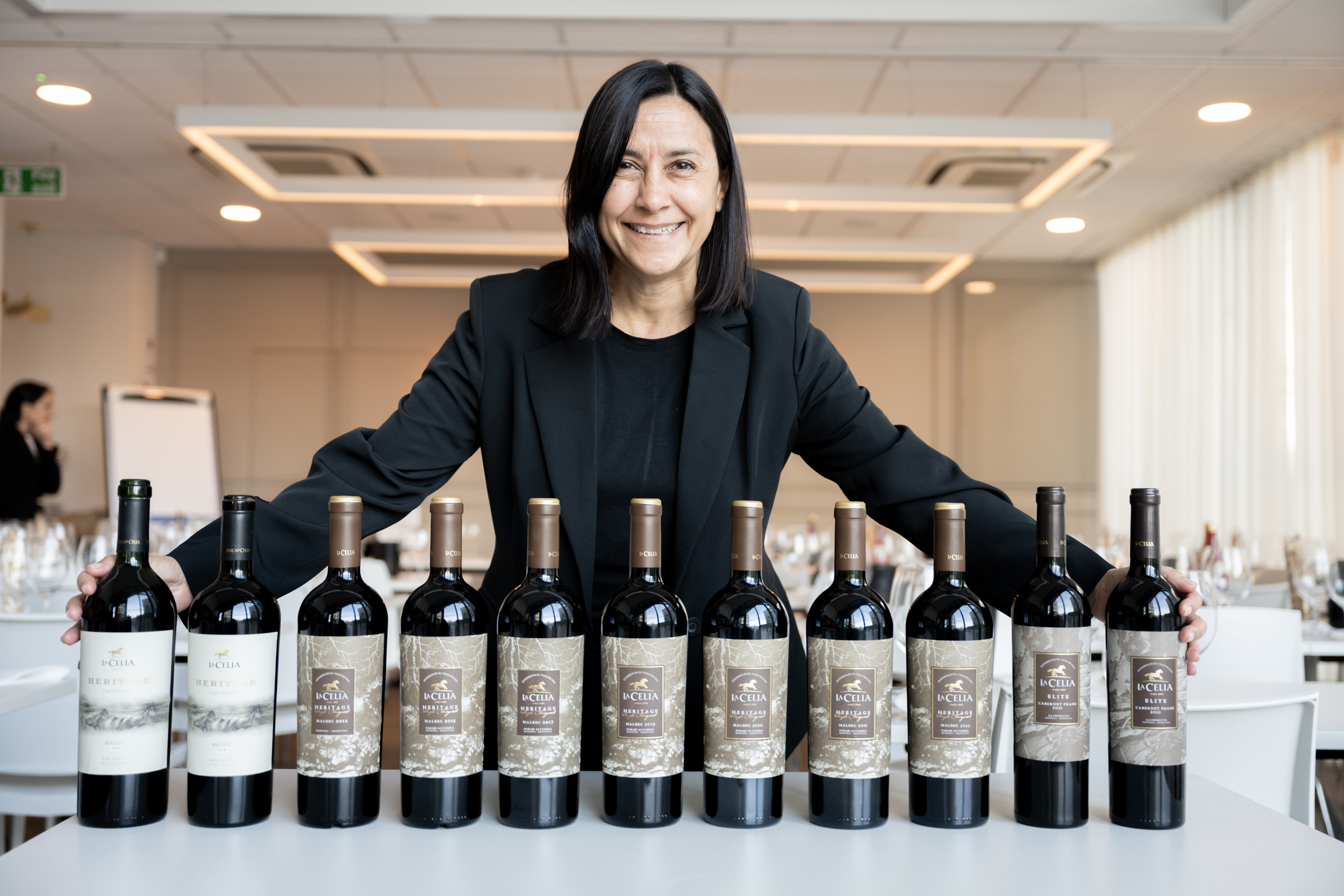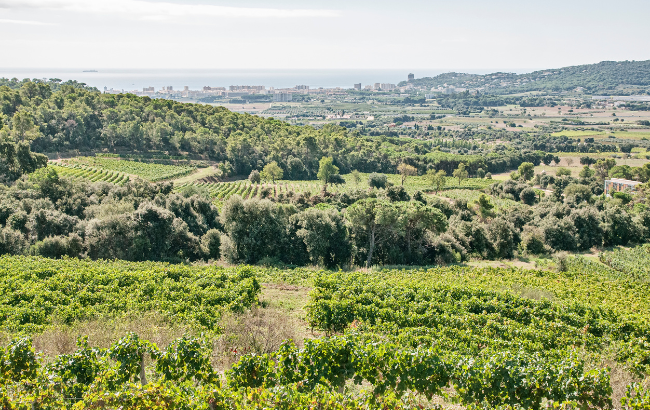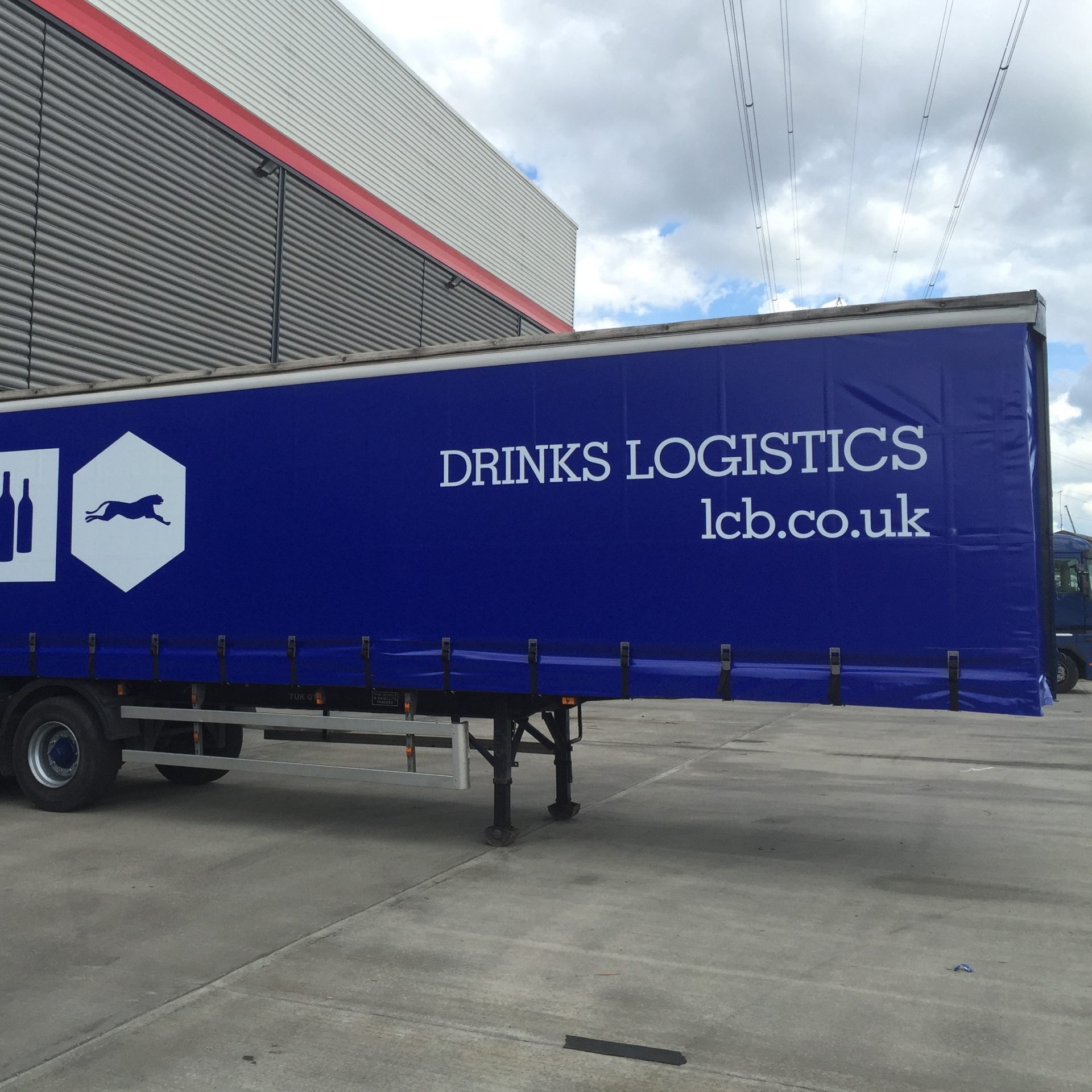Americans spending more on wine but volume growth is slowing
By Roger MorrisAmericans will continue to move up from entry-level wines to the lower rungs of premium brands, but the total volume growth in wine sales in the US is beginning to flatten out after 20 years of steady growth, according to a report by the Silicon Valley Bank’s Wine Division.
Authored by SVB’s executive vice president Rob McMillan, the report predicts a 4-8% growth for the premium wine segment, while the total industry is expected to grow only 2-4% in dollar sales and only 1% in total volume. The share that imports have of the lower end of the premium range is expected to continue its acceleration.
One eye-catching trend is the slowing of consumer interest in red wine blends. “From the consumer perspective, red blends are really the jug wine craze of the 1960s on steroids,” the report said, made possible because wine selection is difficult and brand loyalty is easy, “until the customer seeks more-distinctive wine. At that point, the red blend will fade just like Lancers, Mateus and Blue Nun did for the boomer and mature generations before them.”
Provence rosé is selling well in the US
Already, red blends, recently second only to Cabernet Sauvignon in growth, have slipped to third behind Chardonnay, with Pinot Noir and Sauvignon Blanc nipping at its heels.
“The $11 to $15 price point is the strongest US consumer growth segment today, with premium box wine close behind as its own category,” the report said.
As a result of internet sales and social media, successful US wineries “will be those that evolve retail strategies away from the winery location as the sole point of experience and find other, scalable means of delivering the experience – and the wine – to consumers where they live.”
The report is critical of winery websites as being “almost static” and targeted only on their wine clubs. “There is virtually no focus on turning Instagram followers into micro-evangelists or deploying targeted Facebook ads,” it said. “Premiumisation will continue, but softening is likely on the luxury end for wineries without strong brands.”
Luxury wine and spirits sales increased by about 15% in 2017. The report also quotes the Bain Luxury Study findings that online selling of luxury items, once “thought of as an anathema of the luxury experience, is now an accepted channel,” predicted to be 25% of all luxury item sales by 2025.
Partner Content
Regarding imports, SVB says, “Bottle wine imports continue to hit record levels, driven by French rosé and sparkling wines, Italian Pinot Grigio and New Zealand Sauvignon Blanc.” Importers of Australian wines are bringing in “a large amount of bulk wine but are seeing declines in bottle sales, as they are focused on lower-price-point wines that are out of favour.”
“On a dollar basis, restaurant wine sales improved in 2017 over 2016, with total US restaurant wine sales up about 2% in dollars, but down slightly in volume.”
The report continues, “What is obvious is that wineries are depending less on sales to restaurants each years, and the larger wineries are more successful than the smaller ones.”
Finally, on consumer preferences the report said: “Our own research shows that the two growth cohorts are millennials and Gen Xers. The retiring baby boomers, however, are starting to have an impact on growing lower premium price segments and are edging back from the higher-price segments they previously dominated.”
“Where does the consumer push the growth curve next? My bet is Oregon Pinot Noir, $15 to $25 limited-production domestics and premium foreign wineries,” it added.




